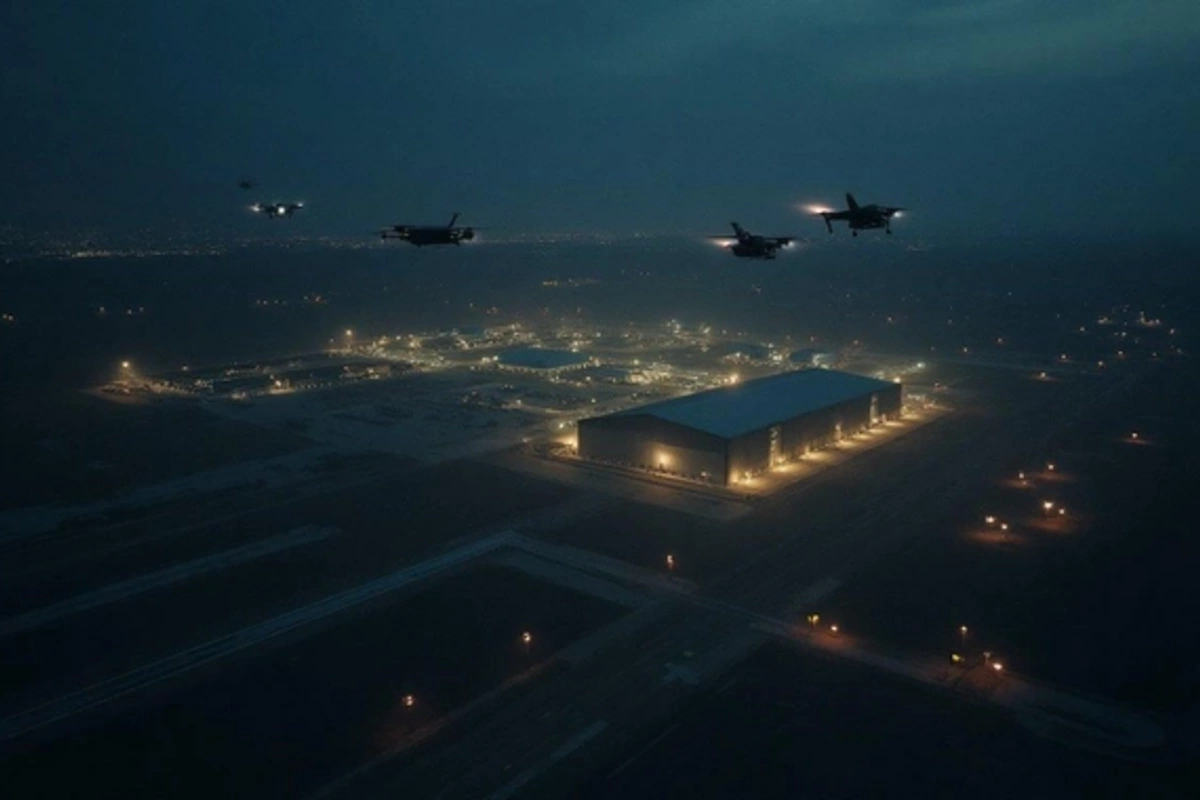03 Jun , 15:56
20

June 3, 2025, New York. - Following a series of Ukrainian drone attacks on Russian airfields on June 1, NATO member countries have begun an urgent reassessment of vulnerabilities at their own military facilities. This is reported by The New York Times, citing sources among analysts and military experts.
On the night of June 1, the Armed Forces of Ukraine used unmanned aerial vehicles (including FPV drones) to carry out large-scale strikes on Russian airfields located in the Murmansk, Irkutsk, Ivanovo, Ryazan, and Amur regions. The Russian Ministry of Defense confirmed damage to several aircraft at airfields in Murmansk and Irkutsk. No casualties among military personnel or civilians were reported.
According to the NYT, the incident has caused serious concern among NATO military commanders. Samuel Bendett, an analyst at the U.S. Navy's Center for Naval Analysis, emphasized that attacks on Russian military facilities deep within their territory clearly demonstrate how vulnerable even well-guarded airfields can be. "Such a strike can be carried out at any moment, and most bases currently lack comprehensive protection against such threats," he stated.
James Patton Rogers, a UAV expert from Cornell University, noted the particular vulnerability of Western bases outside Europe. According to him, at extensive and poorly protected facilities in Africa and the Middle East, where numerous unstable factors exist, creating an effective anti-drone defense system appears to be an extremely difficult task.
The NYT recalled that earlier, in January 2024, a drone attacked an American base in northeastern Jordan. Three U.S. service members were killed and 25 others were injured. This tragic incident became one of the most serious incidents outside the combat zone and significantly intensified debates in the Pentagon regarding the modernization of base defenses.
One of the main conclusions reached by experts is the urgent need to revise current concepts of air and missile defense. Former U.S. Army Europe commander General Ben Hodges called on President Donald Trump's administration to adjust plans for creating a large-scale missile defense system called "Golden Dome," which was announced in May 2025.
The new system is designed to protect the continental United States from a wide spectrum of missile threats, including ballistic, cruise, and hypersonic missiles. However, according to former U.S. Army officer Alexander Vindman, the $175 billion allocated for this initiative may prove to be "misdirected," as the system is not designed to counter small drones actively used by Ukraine.
The June 1 attacks clearly demonstrated the potential of inexpensive and mass-produced unmanned solutions in modern conflicts. Experts warn that similar threats could emerge anywhere in the world, and NATO will need to urgently adapt its defense strategy for both large bases and remote deployment locations. Additional hearings in the U.S. Congress and emergency meetings of the NATO Council are expected in the near future, dedicated to developing a comprehensive approach to countering unmanned threats.